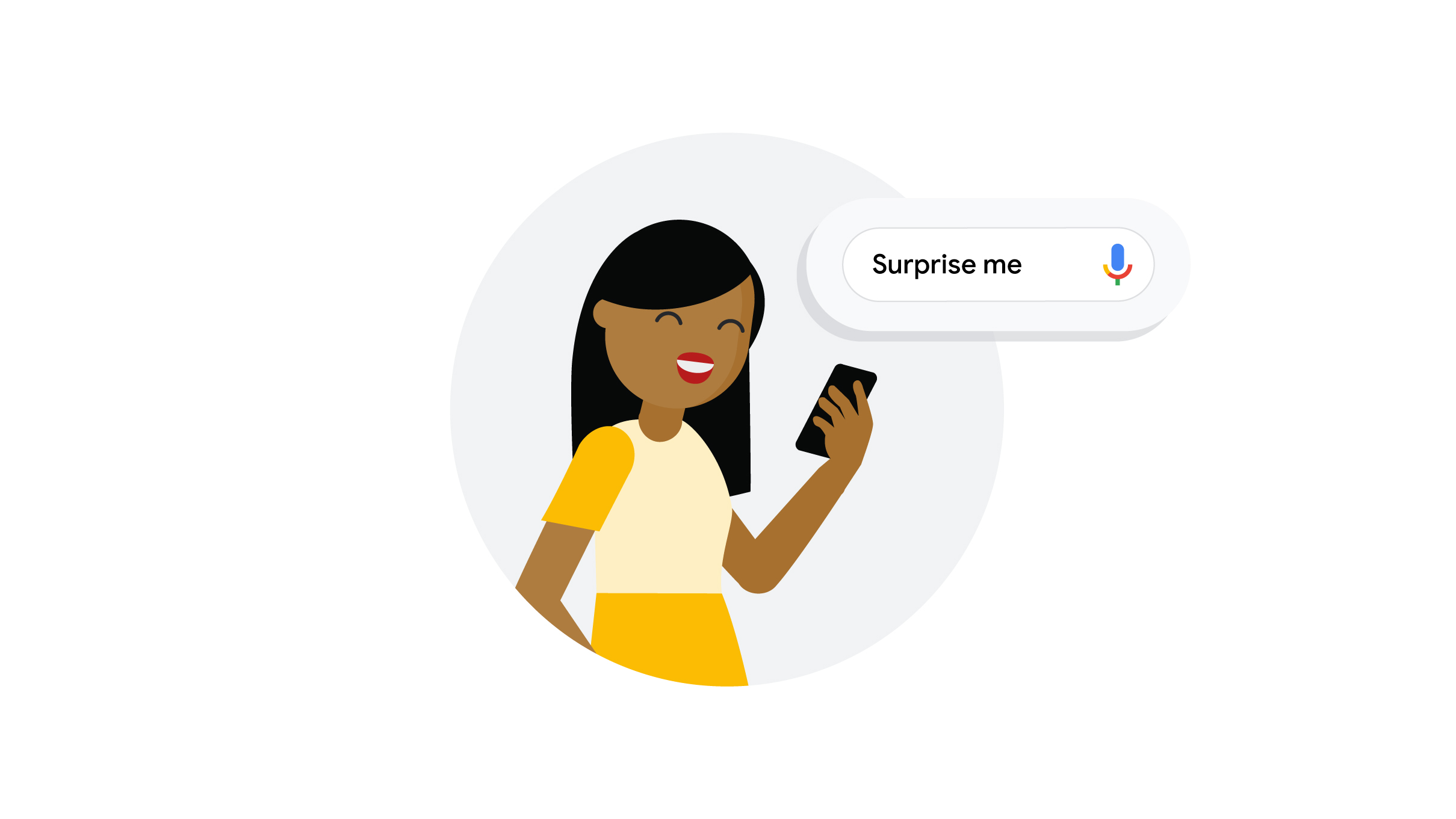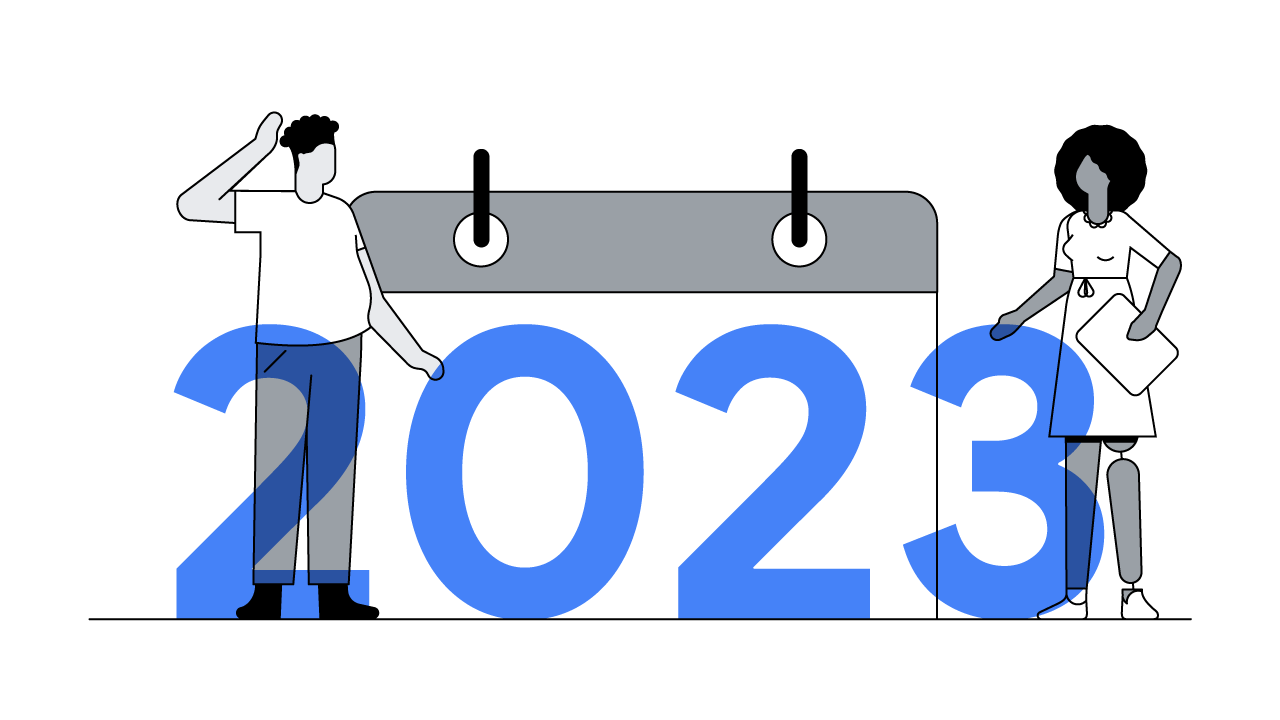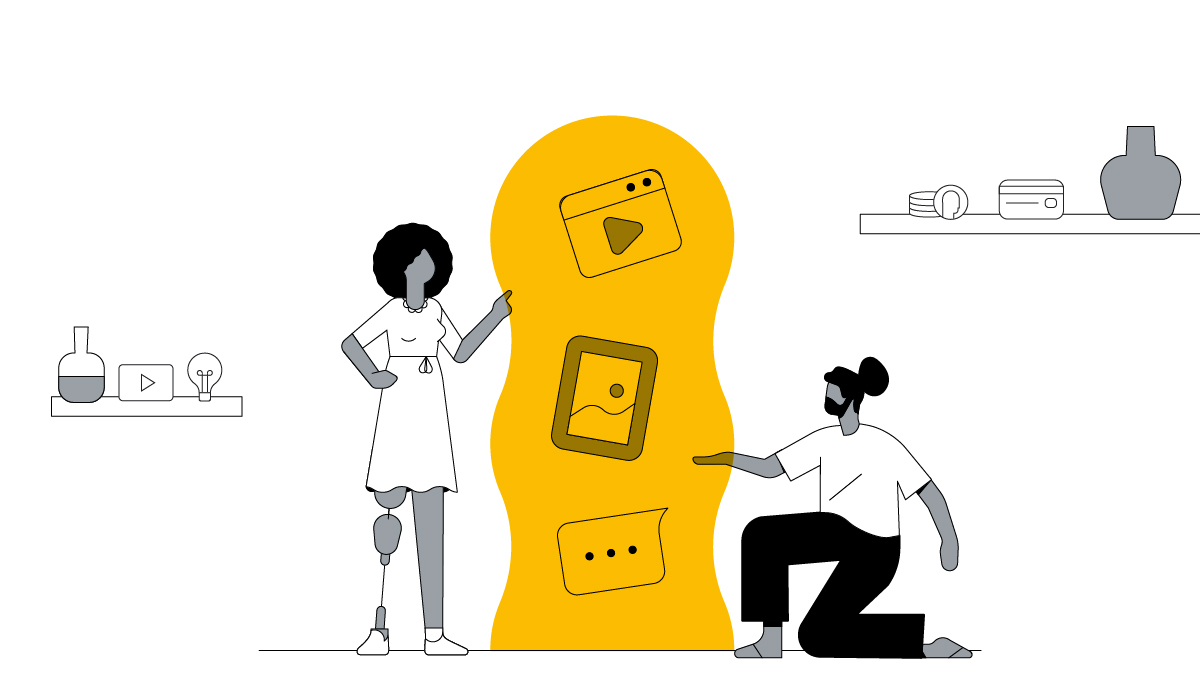The Update: Connect with new customers by tapping into intent
Guest
Published
August 2020Share this page
The Update: Connect with new customers by tapping into intent
August 2020In this episode of The Update, Natalie Zmuda, global executive editor of Think with Google, talks to Mary Ellen Coe, president of Google Customer Solutions, about the current opportunity for businesses to connect with new customers. They discuss how a focus on the fundamentals of digital marketing can turn new leads into long-term customers.
Join our livestream series to better understand how to find high-quality leads through data activation:
- Customers - October 14th, 2020. Click here to register.
- Google Partner Agencies - October 13th, 2020. Click here to register.
MARY ELLEN: Today every lead counts more than ever,
because businesses have fewer hours of operation, smaller staffs,
so it's critical to find customers that are really right in that window
and closest to buying a product or service.
NATALIE: In this episode of the update, I talk with Mary Ellen Coe
about how to connect with new customers by tapping into intent.
Can you talk a little bit about the typical customer journey
that advertisers are thinking about when they're creating their lead gen strategies?
MARY ELLEN: Lead gen really often involves complex individual journeys with a lot of touchpoints.
Let me give you a very simple example of that.
So, car insurance.
Our research shows that the purchase process for car insurance can take over 100 days,
with 220 digital touchpoints.
So, what's important in those journeys is that they really show signals of the customer intent:
Specific type of insurance, the features that they're interested in.
And given how long and complicated these journeys can get,
our most successful advertisers
really focus on these signals to create the best lead gen strategies.
NATALIE: Tapping into that intent is so critical.
What are some of the other trends that you've been seeing
in terms of how customers are connecting with businesses
who are really focused on lead gen right now?
MARY ELLEN: So, as people are spending more time online,
they're searching a lot more and they're searching differently.
So, that means those signals of intent are changing a lot.
And there's a really big opportunity for our businesses to connect with new customers
and really increase their lead volume.
We know from consumers – those who've tried new brands since the pandemic –
that more than half of them said they had to do it out of necessity.
Just a simple example that really brings this to life: telemedicine.
Alright, there’s been an incredible surge in telemedicine;
much higher demand.
And so typically, an advertiser or telemed business would just be looking at keywords.
But now they would add geolocation as a way to refine that customer search.
We also see successful businesses use a whole new variety of ways to reach their customers –
that could be web forms, chat, email, phone –
in place of the in-person visits that have slowed down so significantly.
NATALIE: In this new environment, are there challenges that you're seeing as businesses are trying to generate new leads?
MARY ELLEN: Getting quality leads has always been the number one challenge for businesses.
70% of marketers will tell you that
working on lead gen and improving the quality of leads
is the most important objective for their lead gen strategies.
And let me explain: when we talk about quality, we're talking about people with high purchase intent.
Potential customers with a really good chance of buying a product or service.
You spend less time and resources converting customers
and that means higher lifetime value for these businesses who are really in tough economic times.
NATALIE: So, knowing that advertisers really want to improve quality,
what are the opportunities as they start to revisit their lead gen strategies?
MARY ELLEN: As everyone's experiencing shifts in behaviour,
it comes down to reaching the right people, with the right message, at the right time.
Very simple example of that, going back to car insurance.
Consumers are searching for insurance advice and maybe they fit into a travel enthusiast segment.
So, families are planning; right now there's an increase in volume in travel by car.
So, we might want to look at keyword and audience strategies to match that.
One of the great ways to do that is to use Google's optimisation score,
and that identifies opportunities for businesses to improve their campaign set-up.
The other thing we're seeing is that successful advertisers are using testing.
Testing with formats, like lead form extensions across Search, or YouTube Discover as another example.
So, really focusing on the fundamentals can make a big difference in performance right now.
NATALIE: Can you also talk a little bit about closing leads
and how advertisers can become more efficient in that whole process?
MARY ELLEN: Let's go back to the car insurance example I used earlier.
Say a customer purchases a driver plan after talking to a sales rep offline.
By using that advertiser CRM data with intent signals from Google properties,
they can build a view of an ideal customer and their needs.
And so, that means in terms of efficiency, we're seeing our most successful advertisers
use measurement tools like offline conversion tracking in combination with Smart Bidding.
So, they tie back what happens offline
with how to best optimise their bids and find those high-intent customers.
NATALIE: You and your team work with so many businesses. Who's getting this right?
MARY ELLEN: So, if we look across lead gen advertisers across like education, B2B, healthcare,
we see our most successful advertisers
use automation to refine their keywords, audience, and creative to drive better outcomes.
We work with a start-up called ZenBusiness,
and it's a company that makes it easy for entrepreneurs
to start and grow really successful businesses.
After COVID hit, ZenBusiness wanted to hit their target customer acquisition costs
and scale conversion volume.
They combined their own data with Smart Bidding
and focused on the highest-potential leads,
and they've grown their customer base by over 400%,
while they've decreased their acquisition costs by 25%.
So, this is really the type of performance we love to see for our customers,
and it makes a really big difference in how they can grow their business really efficiently.
NATALIE: So, as you look to the back half of the year, million-dollar question:
What advice would you give to marketers who are focused on lead generation?
MARY ELLEN: Keep up with all those changing customer behaviours.
Number two, scaling growth means leaning into automation.
This can really help businesses grow based on real-time, high-quality signals of intent.
And then finally, accelerating online lead gen strategies is a really big task,
and it's really about testing and learning what works.
I've been so inspired by the resilience of all of our advertisers.
Despite really big business changes, they've taken this opportunity
to build high-quality leads, grow their businesses,
and help customers all over the world.
[The Update] [Think with Google]
Others are viewing
Marketers who view this are also viewing
-
Case Study
![]() Case Study
Case Study3 ways Sleep Number made the leap to online leads — and closed the sale
-
Video
![]() Video
VideoThe Update: Why clarity on marketing objectives is critical in the age of automation
Watch now -
Perspective
![]() Perspective
PerspectiveHow consumer needs shape search behaviour and drive intent
-
Article
![]() Article
ArticleTop digital marketing trends and predictions for 2023
-
Article
![]() Article
Article‘The Ikea Effect’: Why people watch content that they’ve played a role in creating
-
Article
![]() Article
ArticleC-suite chemistry: How CMOs and CFOs can partner to drive business success
-
ArticleArticle
Why 2024 will usher in the next era of marketing
-
Perspective
![]() Perspective
PerspectiveThe next generation of marketers: How to help Gen Z thrive in the workplace







